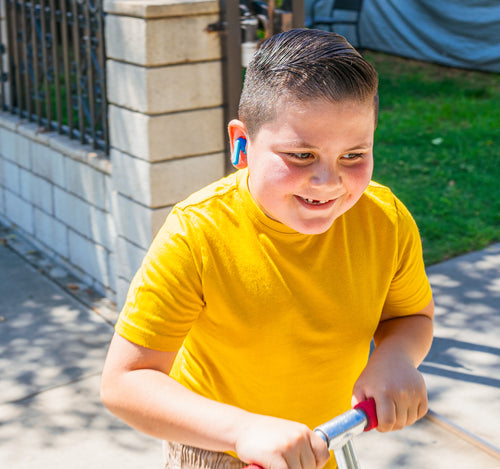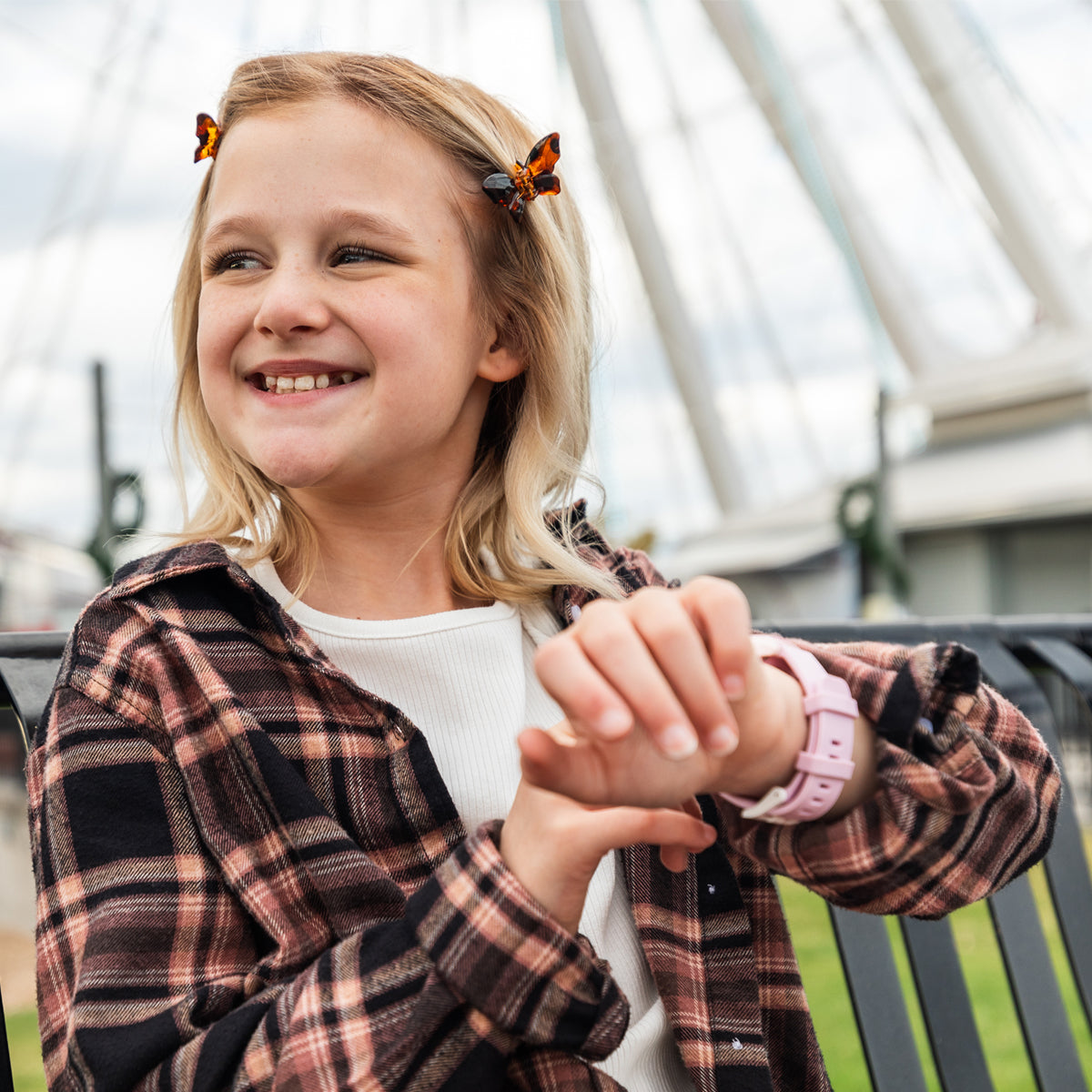Preventing Noise Induced Hearing Loss in Kids
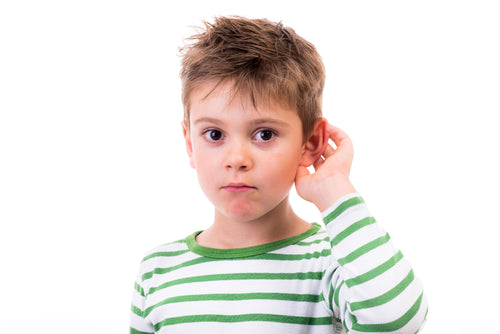
As parents, one of our top priorities is ensuring the health and safety of our children. While we often focus on physical safety, it's essential not to overlook the importance of protecting their hearing. According to the CDC, an alarming number of children suffer permanent hearing damage due to exposure to excessive noise. In fact, approximately 12.5% of children aged 6–19 already suffer from noise induced hearing loss.
Understanding Noise-Induced Hearing Loss (NIHL)
Noise-induced hearing loss is a prevalent issue among both children and adults. In fact, 17% of adults suffer from noice induced hearing loss. Exposure to loud sounds damages structures and nerve fibers in the inner ear, causing this type of hearing loss. Everything from fireworks shows, to listening to loud music for a significant amount of time can cause symptoms of noice induced hearing loss.
Unfortunately, this damage is not reversible and cannot be corrected through medical or surgical means. Loud noises, whether experienced once or over time, can cause permanent hearing loss (ASHA). Significant ear damage can be caused from a single concert where you were a little too close to the speaker system, or even a single loud explosion.
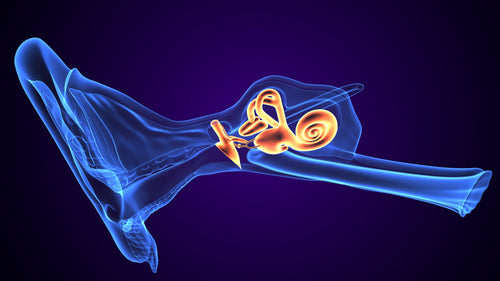
The Impact of NIHL on Children
Noise-induced hearing loss not only affects a child's ability to hear but can also lead to various challenges, including communication and learning difficulties. Additionally, children may experience pain or ringing in the ears (tinnitus), distorted or muffled hearing, and an inability to hear environmental sounds and warning signals. These consequences can significantly impact a child's quality of life and overall well-being (NIH).
Preventing Noise-Induced Hearing Loss
- Identify sources of loud sounds including music, power tools and some vehicles.
- Limit exposure to loud sound sources when possible
- Maintain headphones and media devices at a safe level under 85 decibels
With CareBuds, parents can take proactive steps to protect their child's hearing and prevent NIHL. These innovative earbuds are equipped with a built-in 85 decibel loudness limit, ensuring that the volume remains at a safe level for young ears. By limiting exposure to excessively loud sounds, CareBuds help reduce the risk of noise-induced hearing loss and its associated complications, while still being able to enjoy their favorite music and shows.
CareBuds also feature Smart Transparency mode which enhances the outside sound whenever they are on the move. The sensors in the earbuds automatically detect motion, which triggers the transparency mode. This lets in ambient sound so the child is aware of their surroundings during that moment. Whether it is crossing the street, or during playtime, CareBuds makes sure your child has the ability to hear their surroundings.
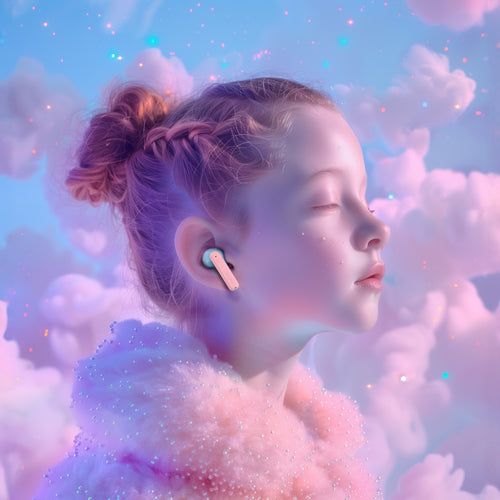
Additionally, CareBuds empower parents and children to adopt healthy hearing behaviors. When complete avoidance of loud noises is not feasible, CareBuds provide an extra layer of protection, allowing children to enjoy their favorite activities without compromising their hearing. The included 6 ear tips make sure the earbuds have a secure fit, ensuring outside sounds are sufficiently muffled.
Furthermore, we encourage parents to prioritize regular hearing evaluations by licensed audiologists or qualified professionals. If there are concerns about potential hearing loss, early detection is key to addressing the issue and implementing necessary interventions. As parents, it's our responsibility to equip our children with the tools and knowledge they need to thrive.
With CareBuds, we can take proactive steps to protect their hearing health and prevent noise-induced hearing loss. By prioritizing safe listening practices and investing in innovative solutions like CareBuds, we can ensure that our children enjoy a lifetime of healthy hearing. Let's safeguard their hearing today for a brighter tomorrow.

